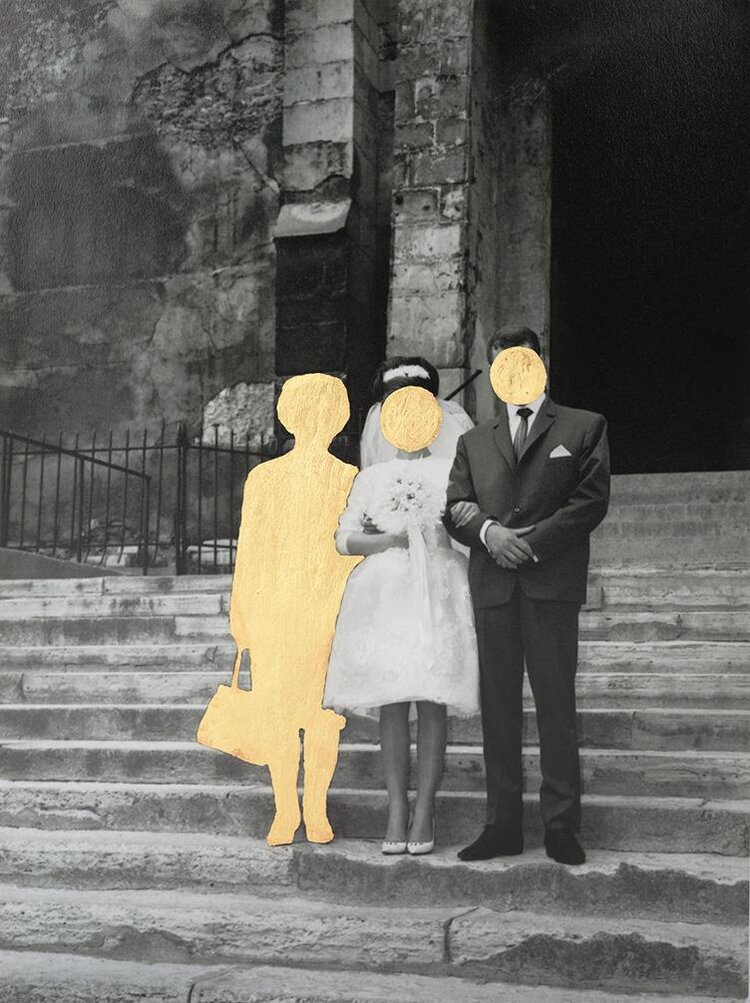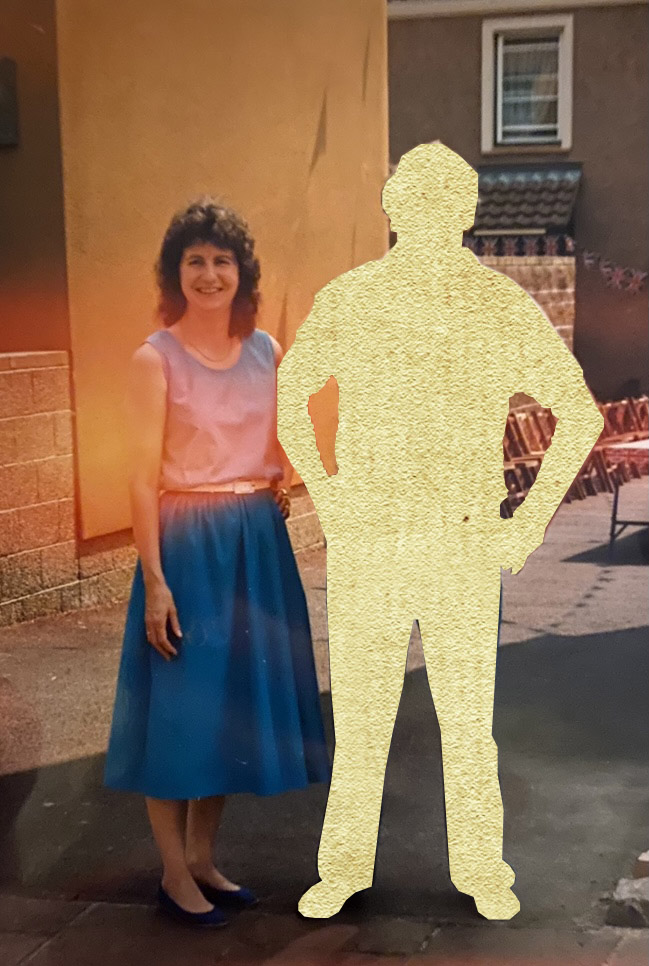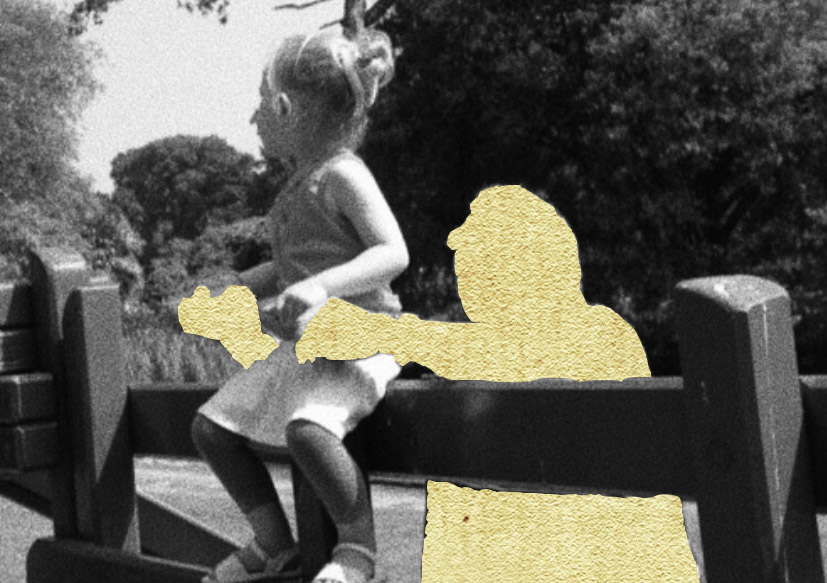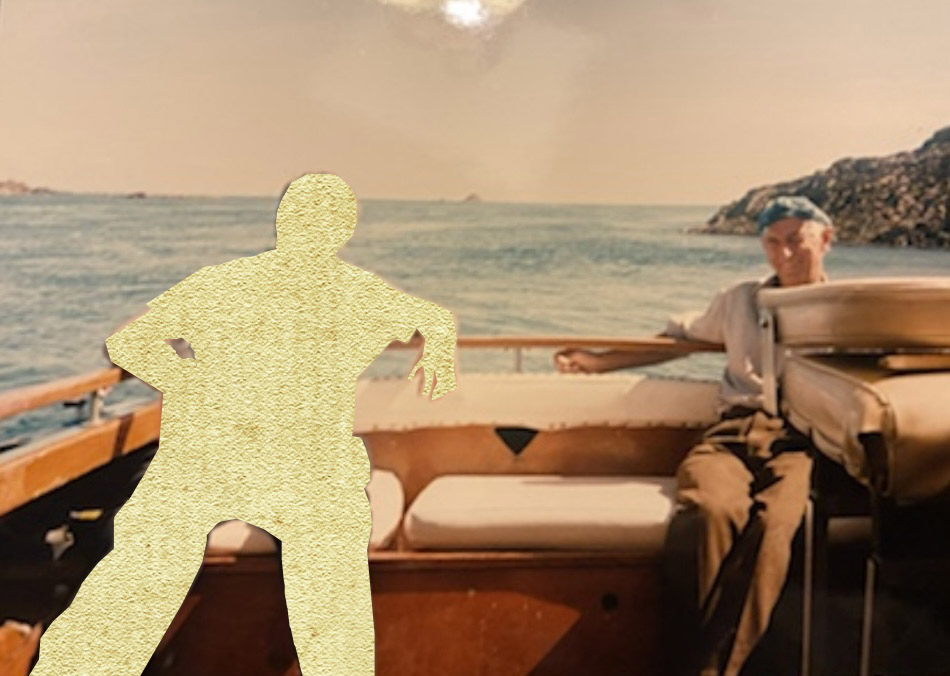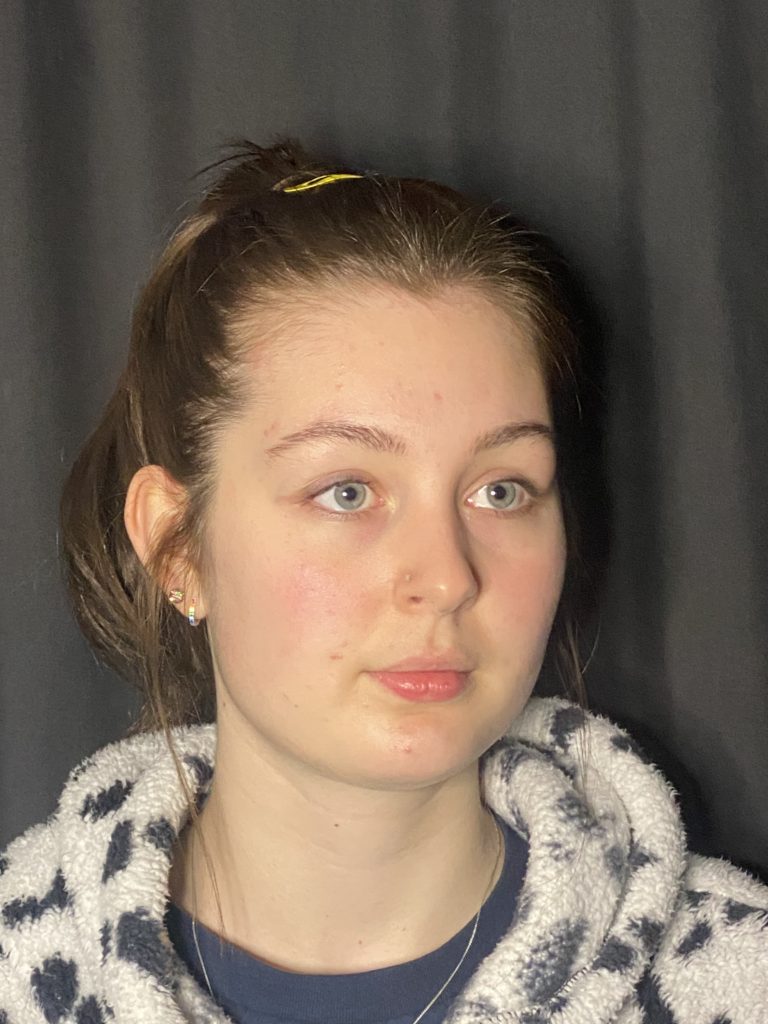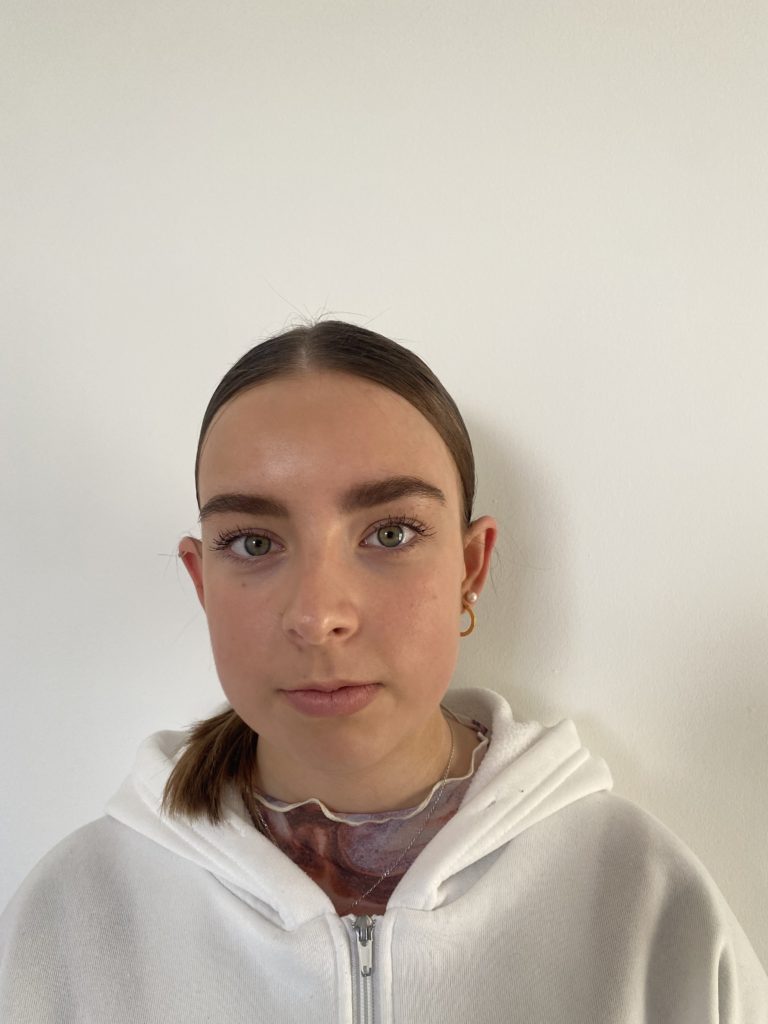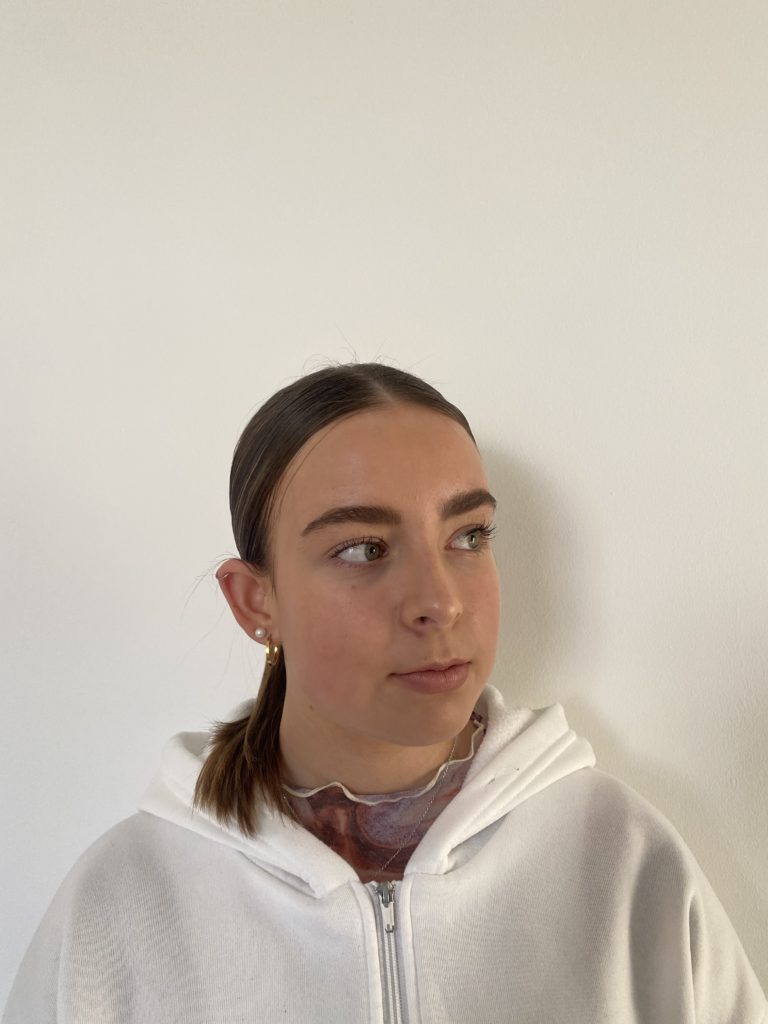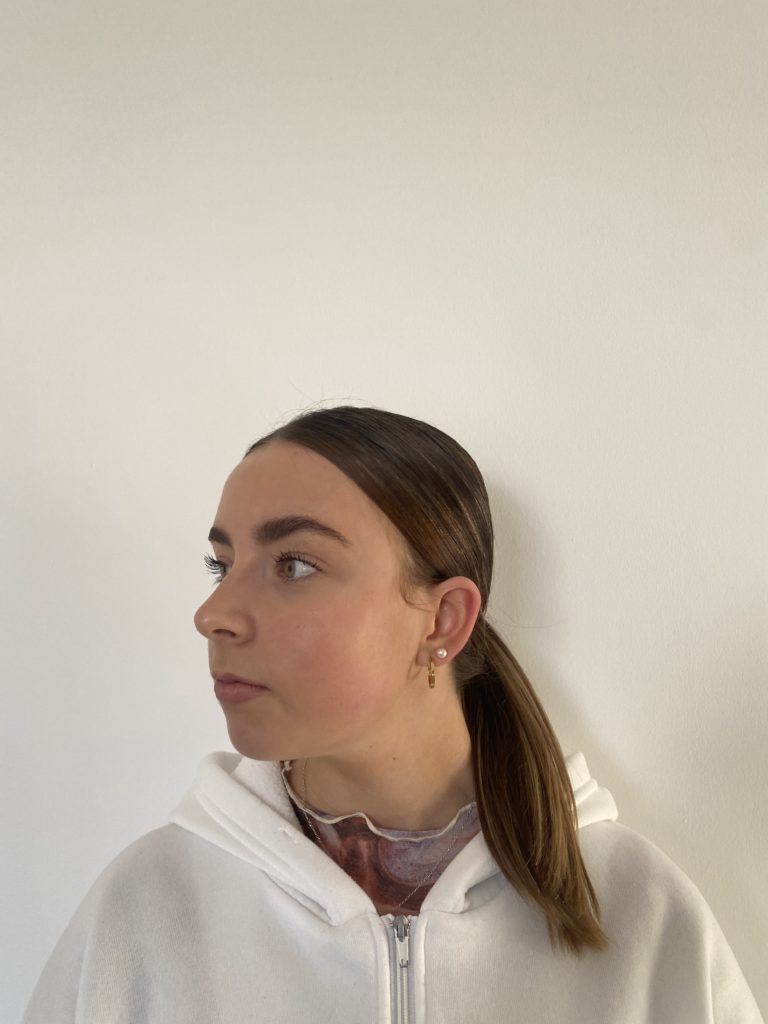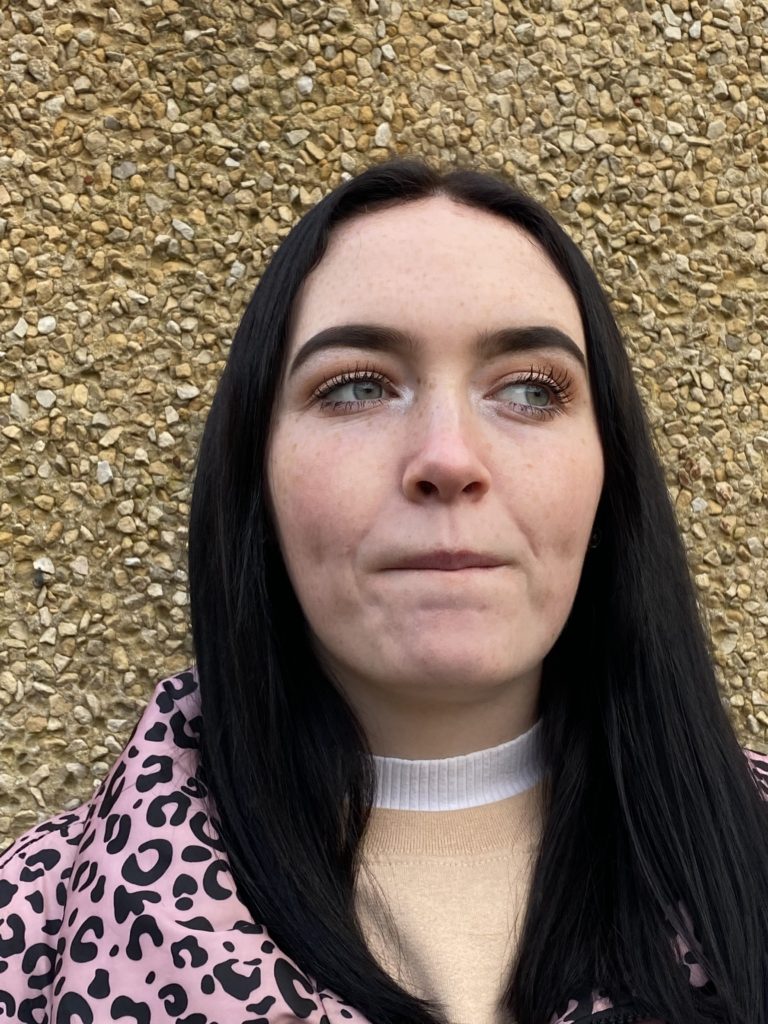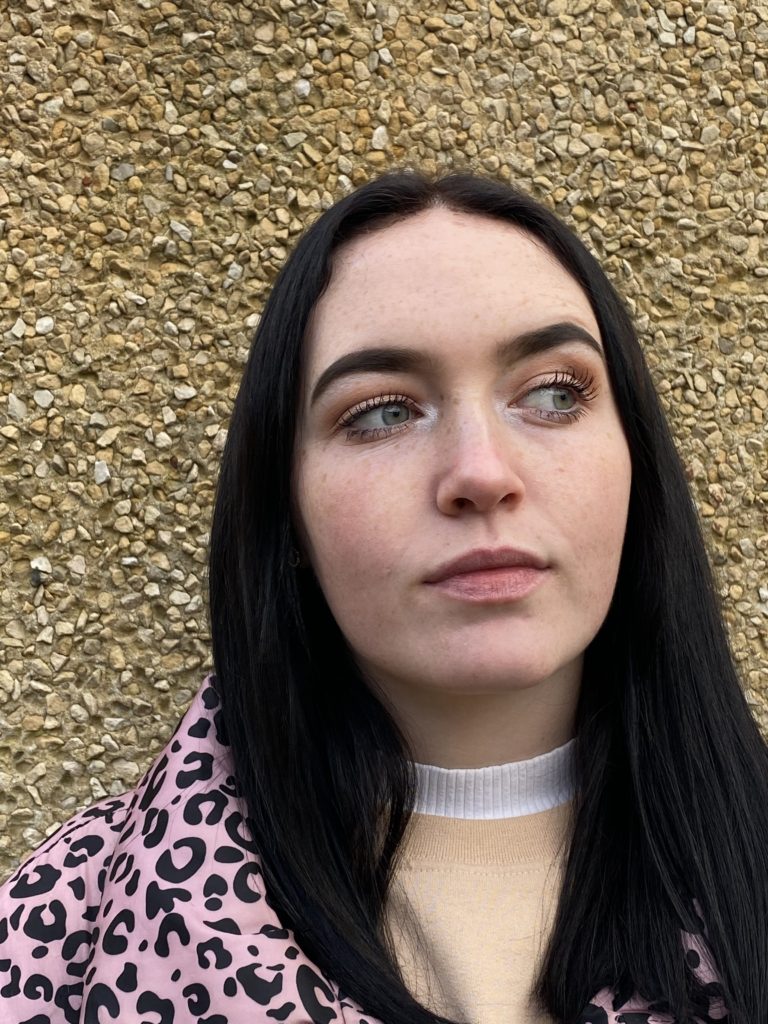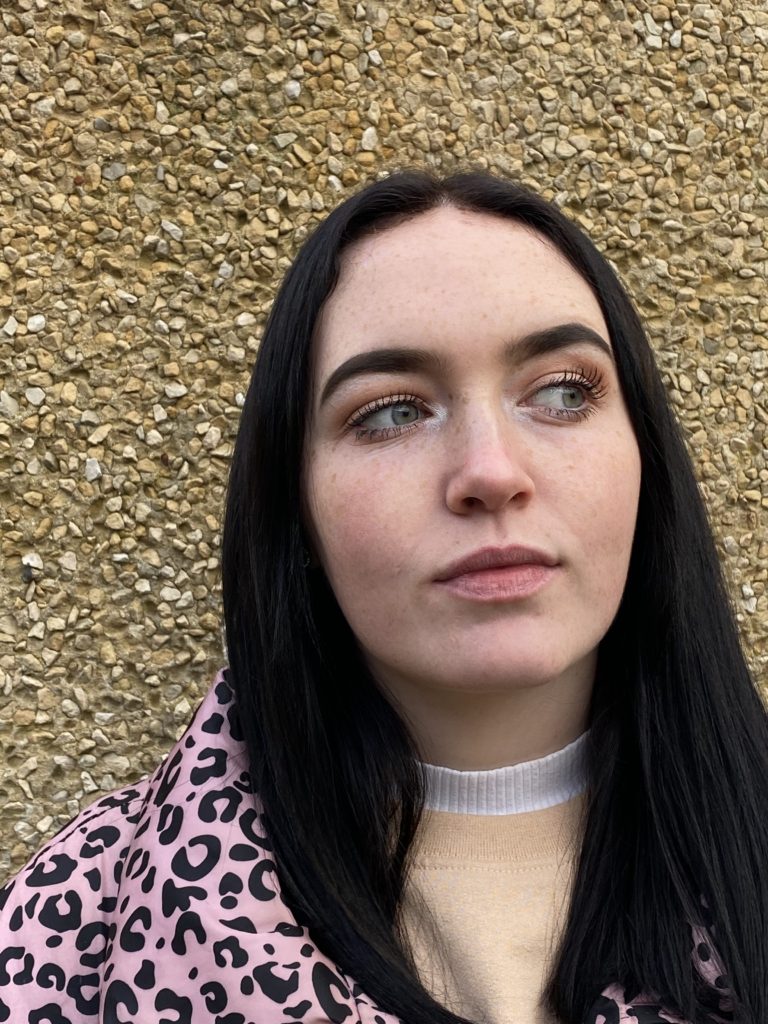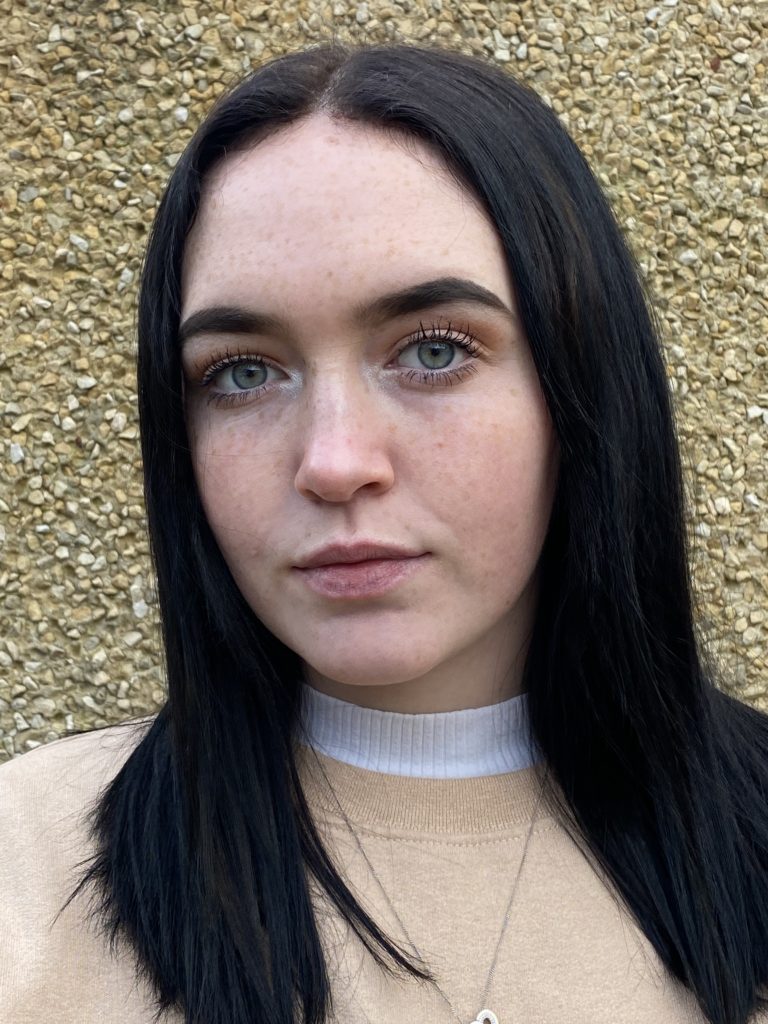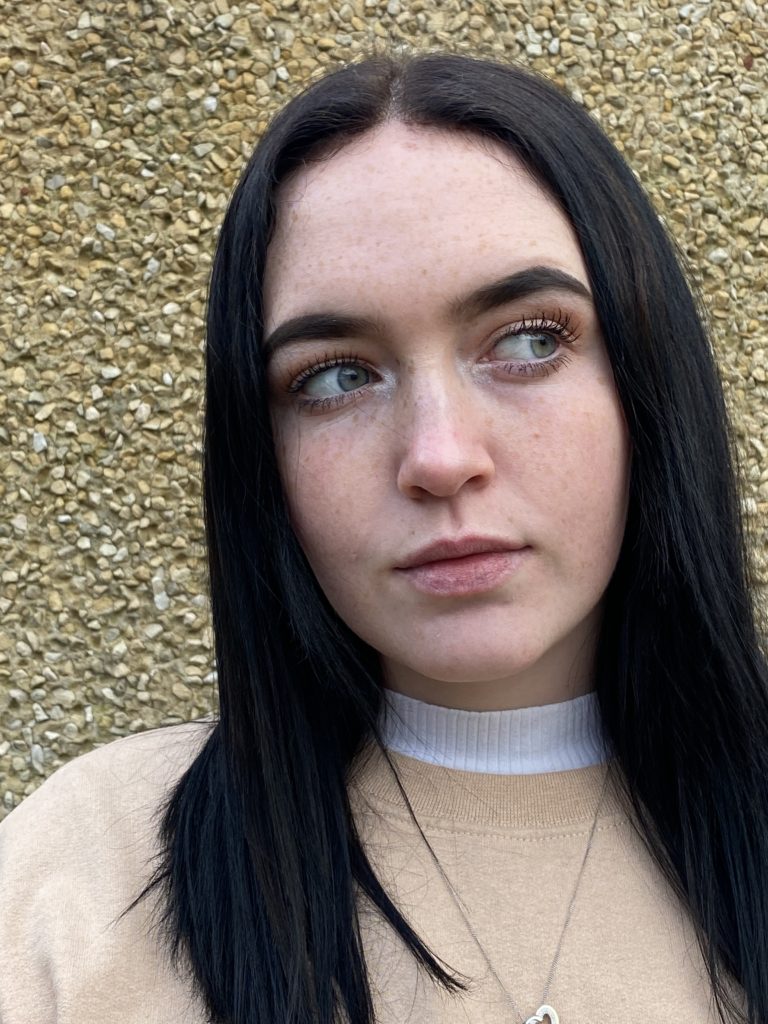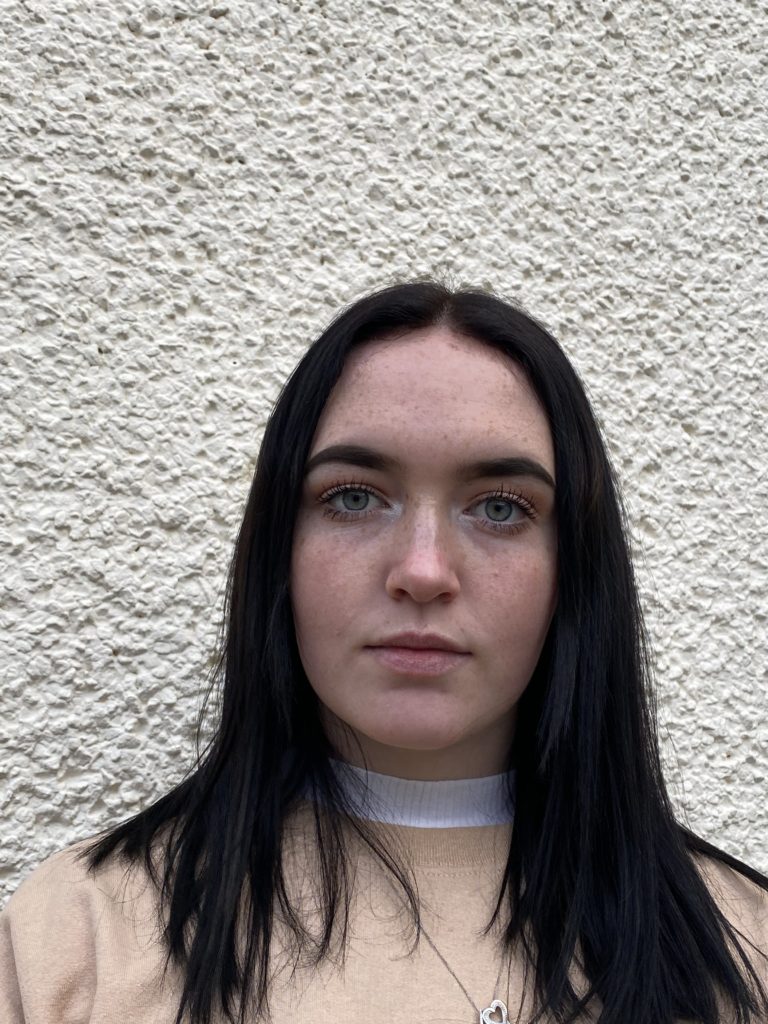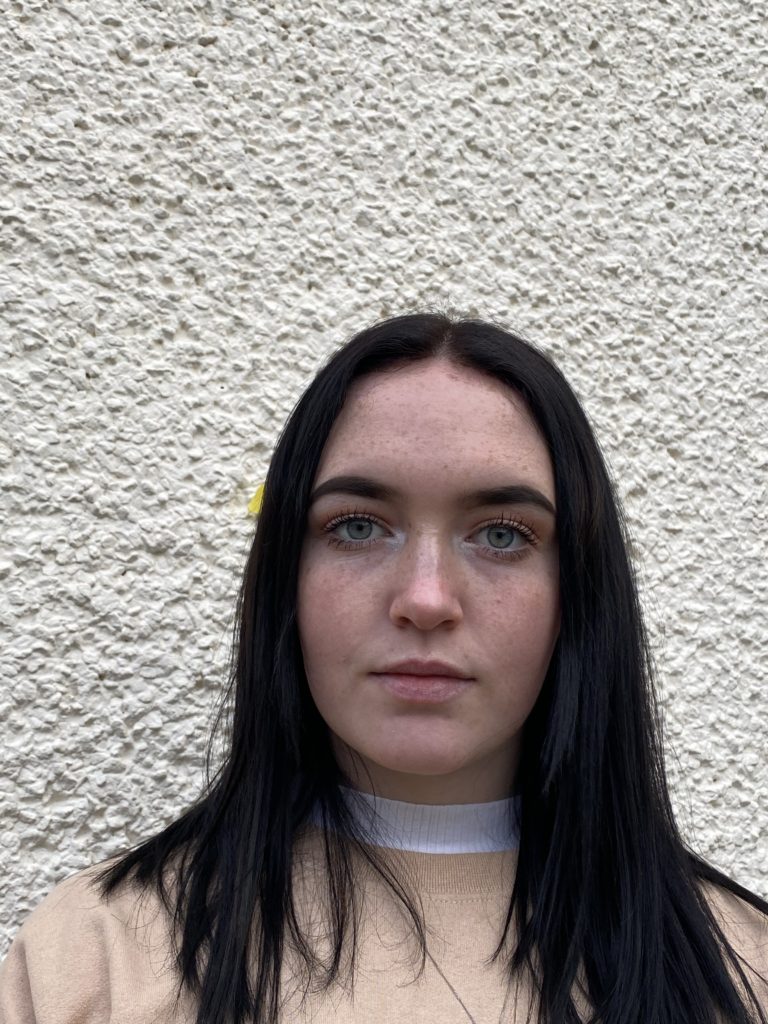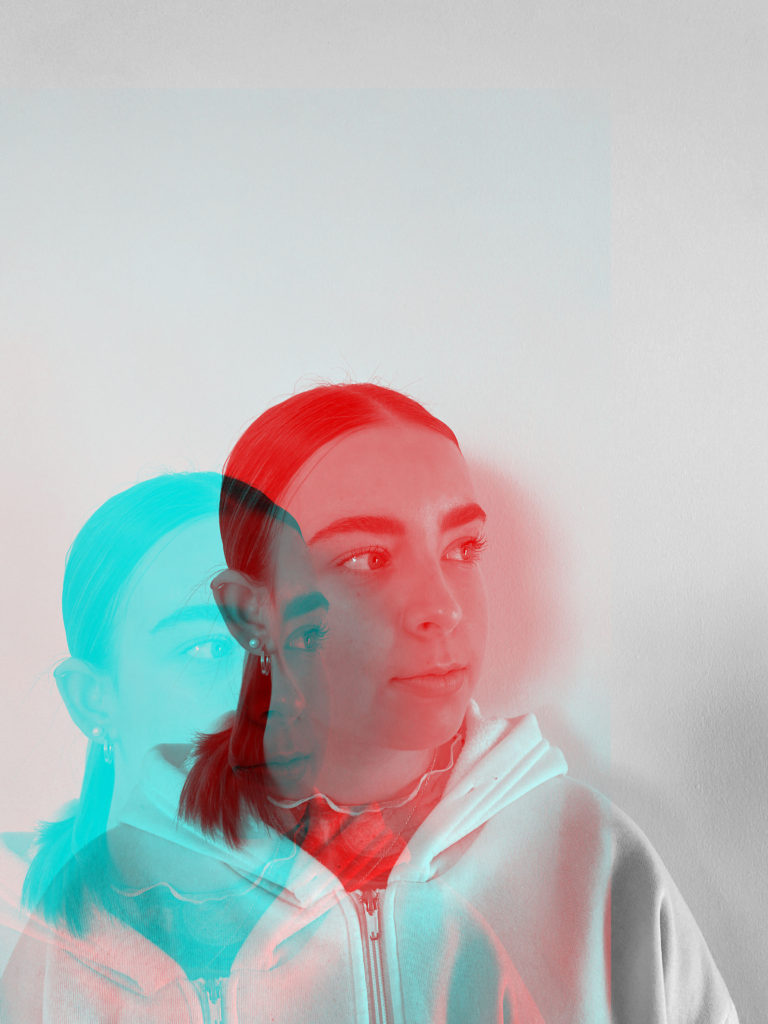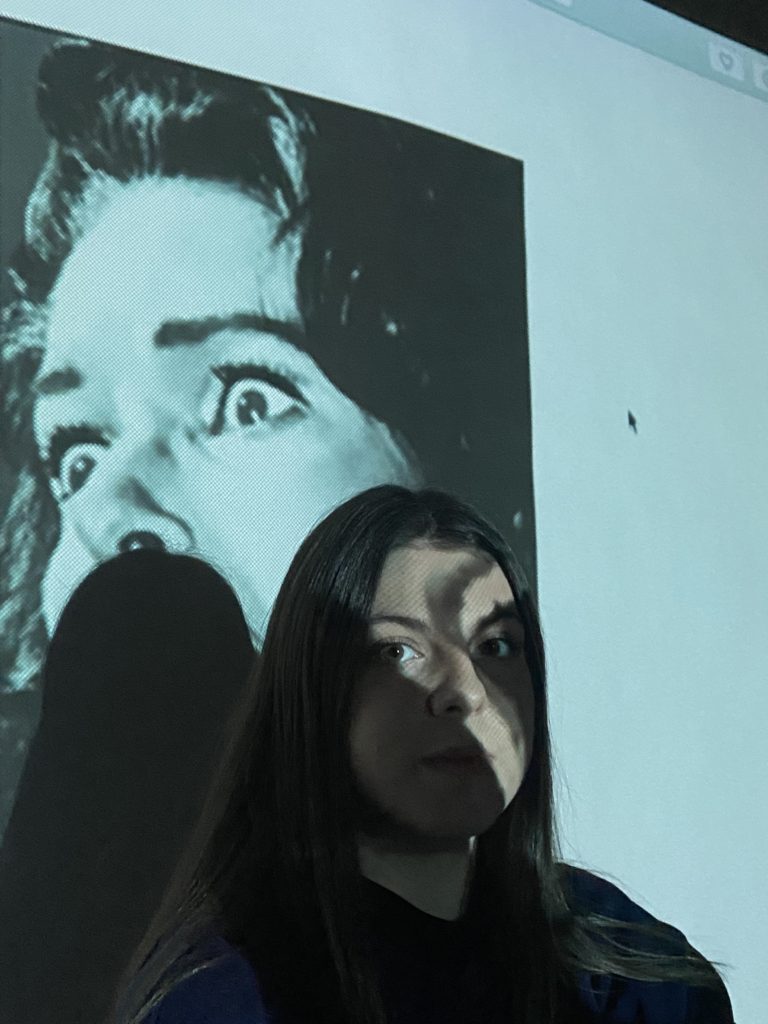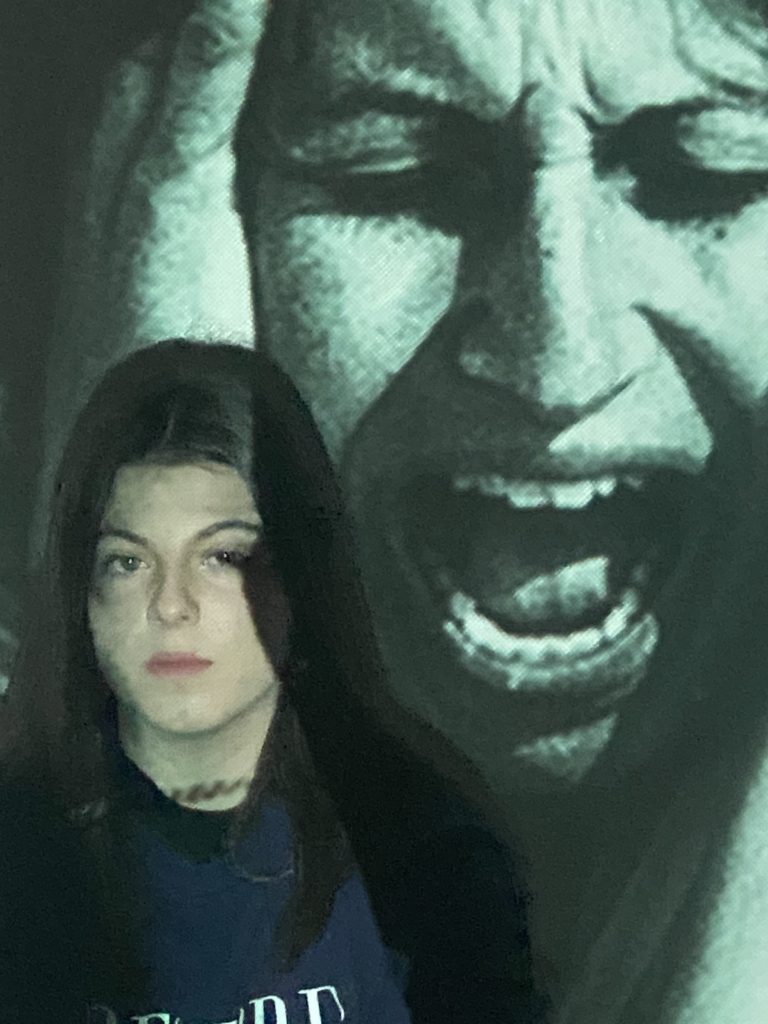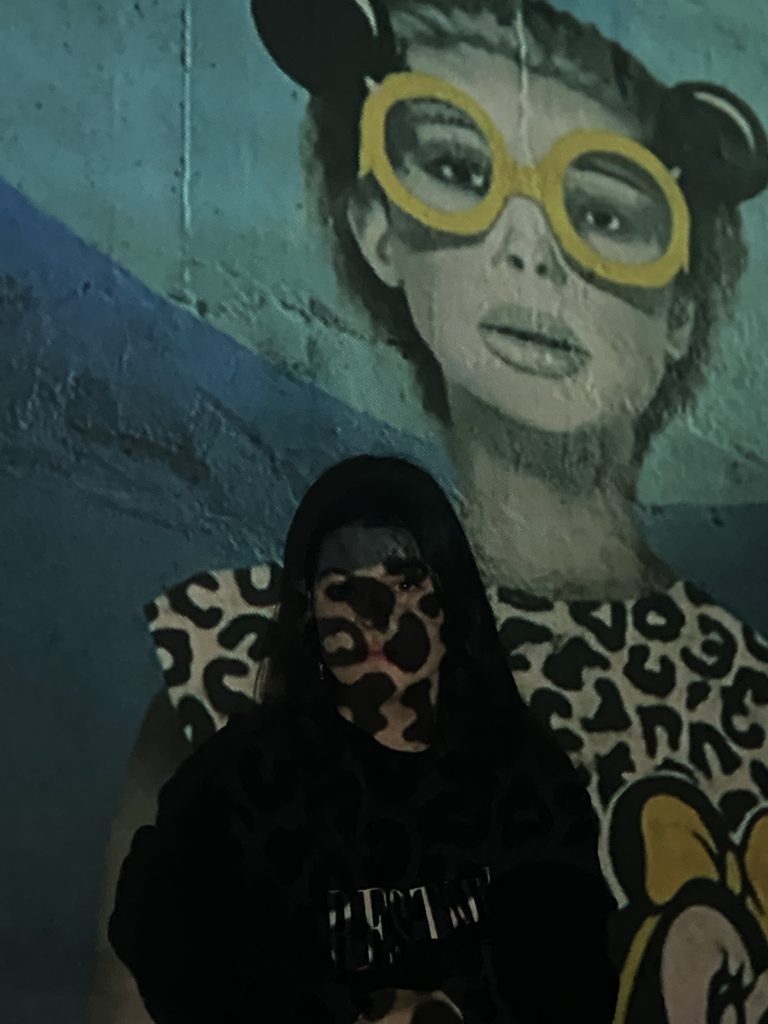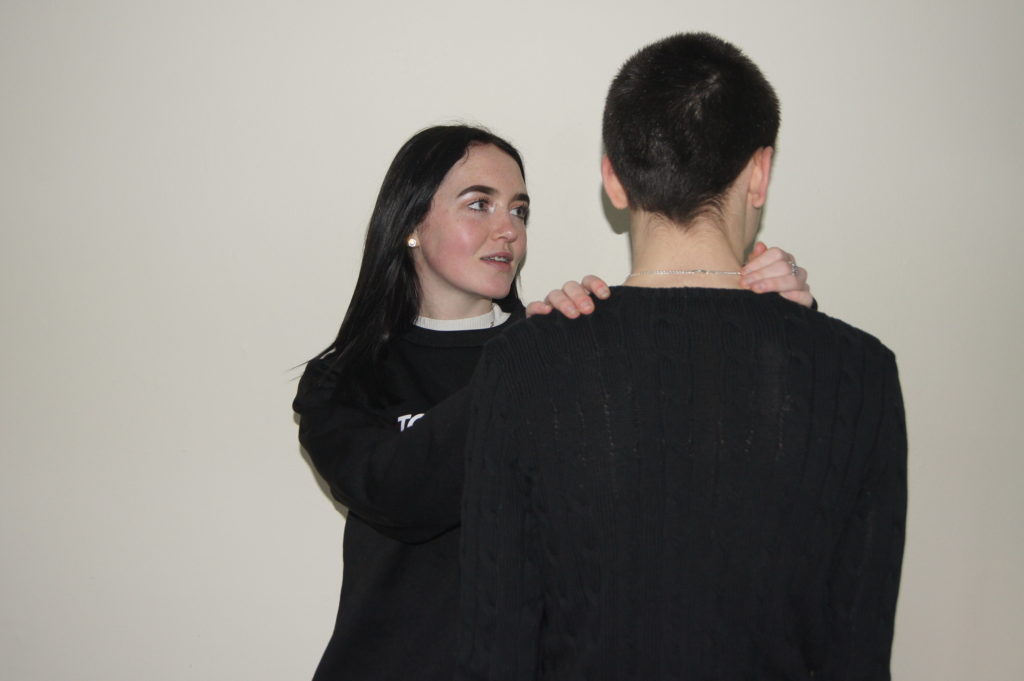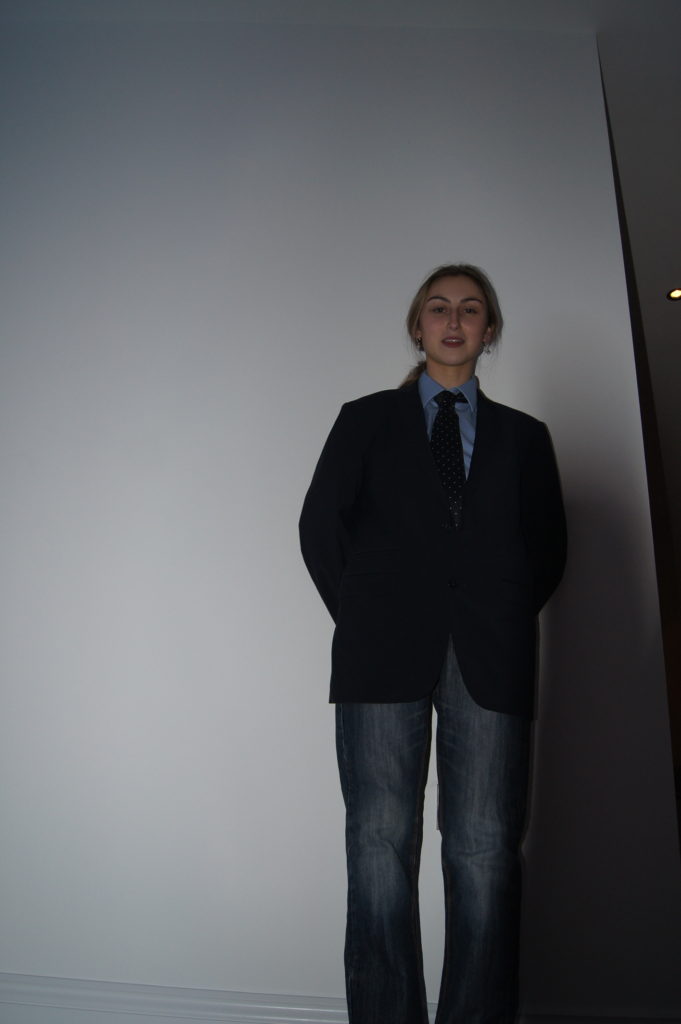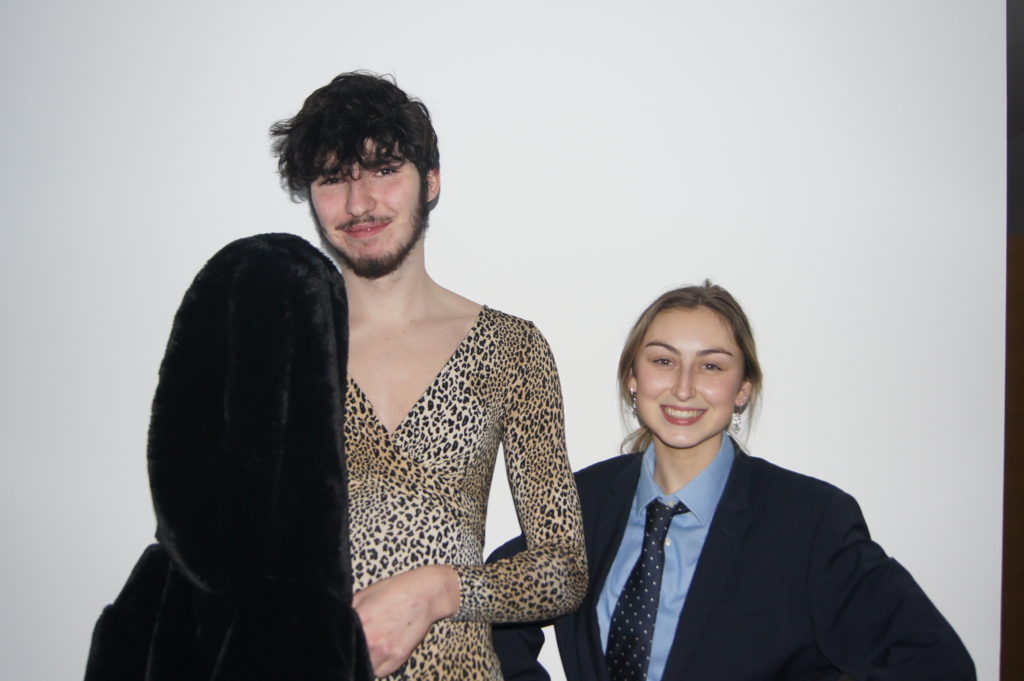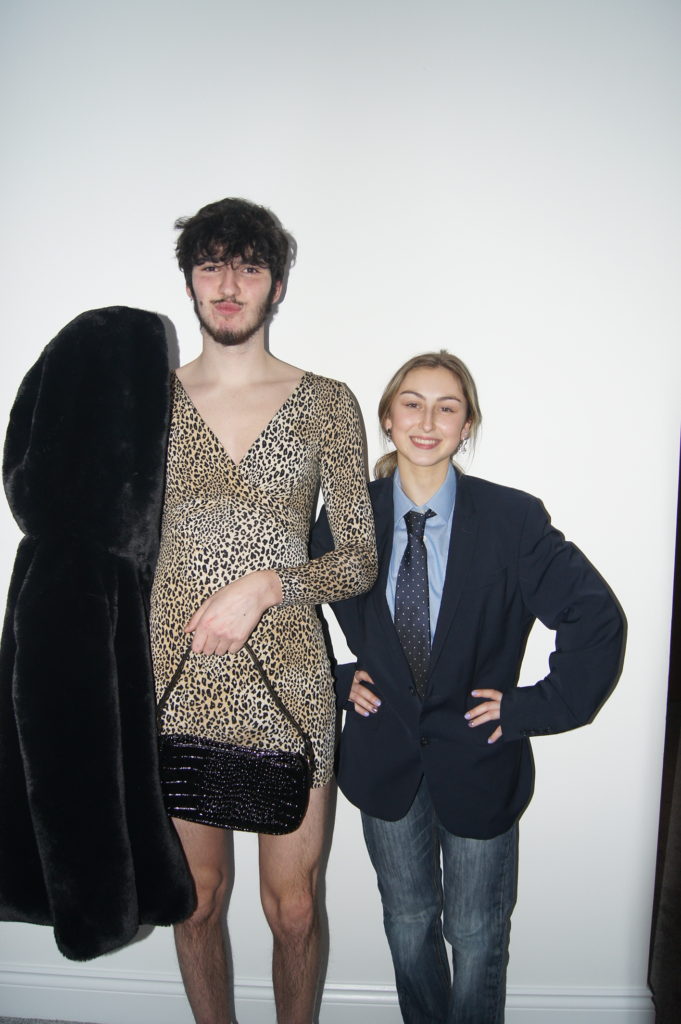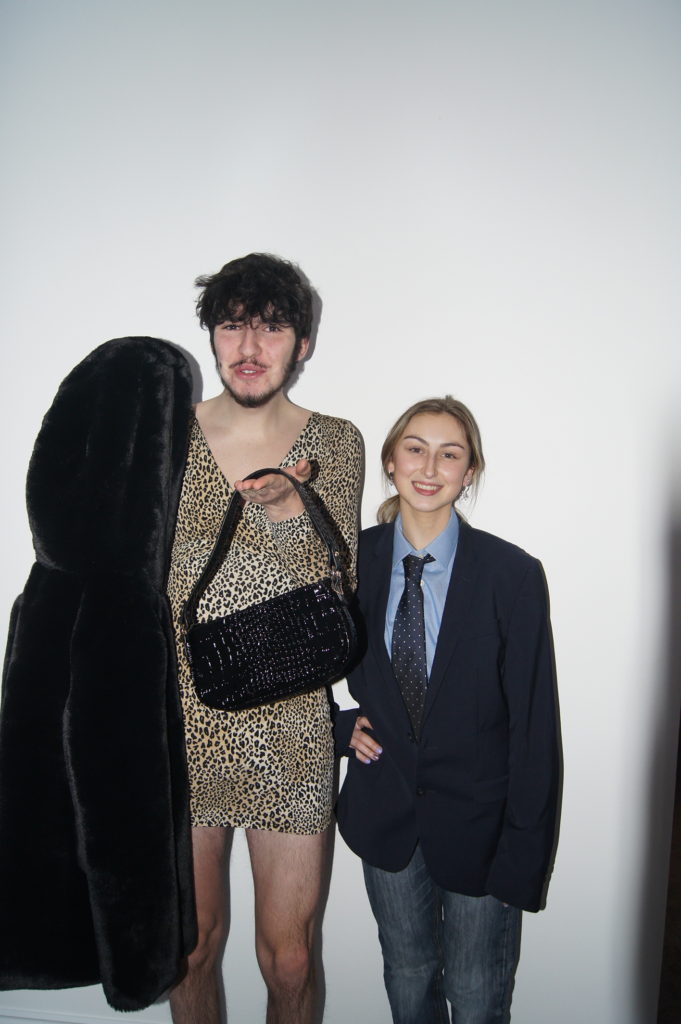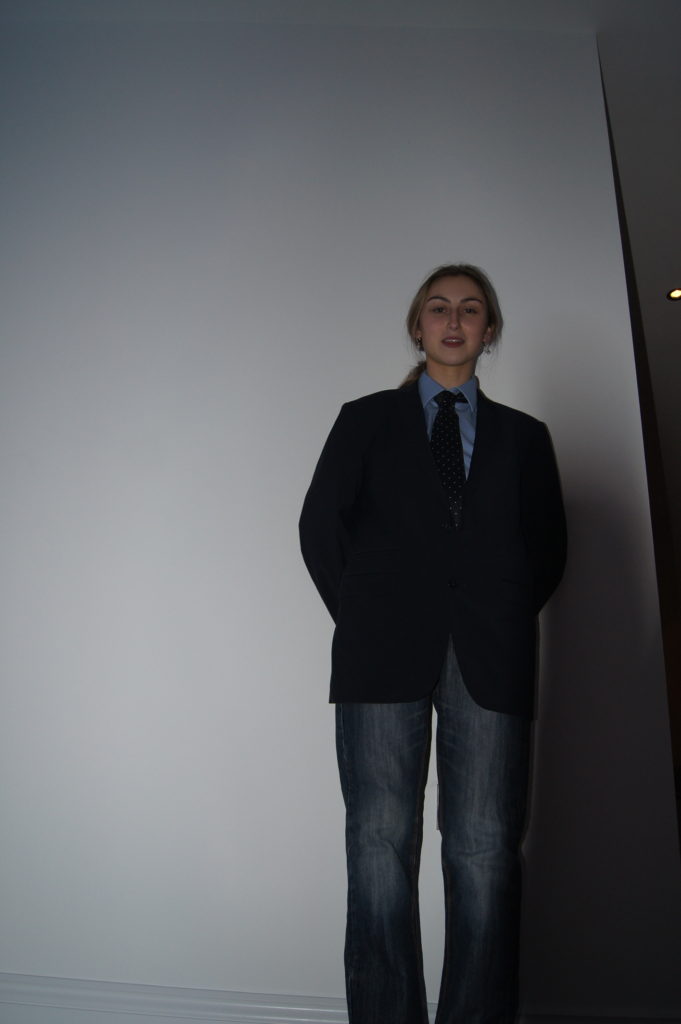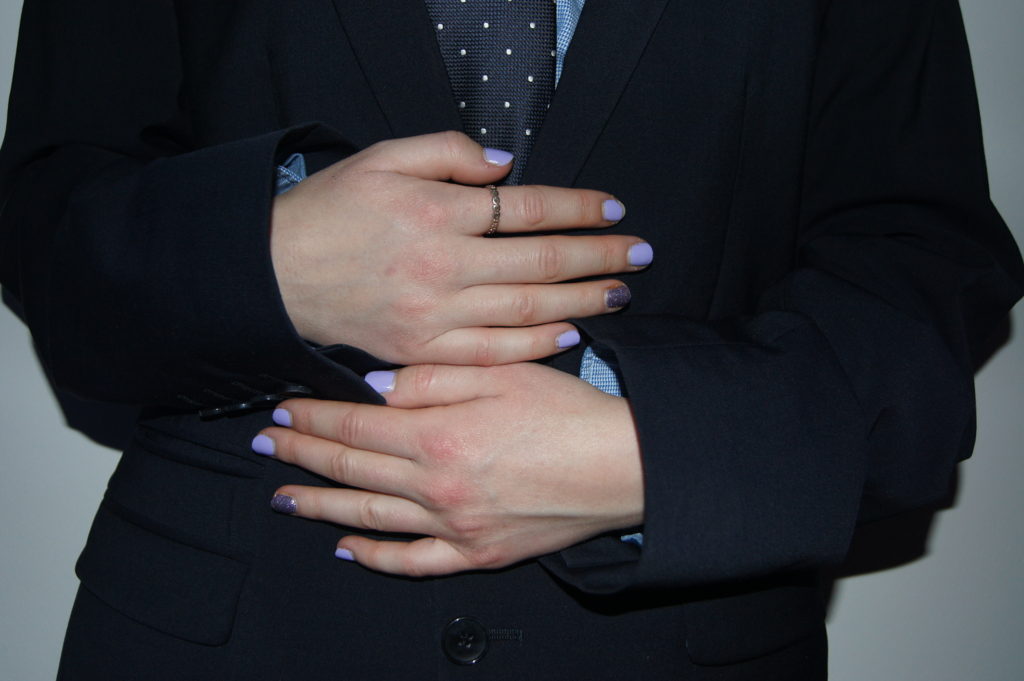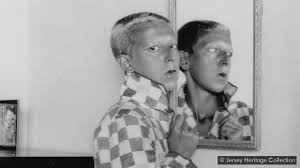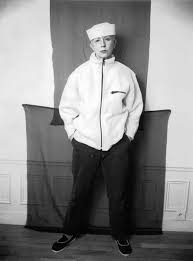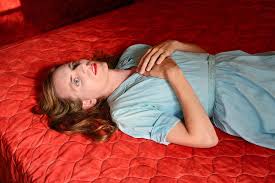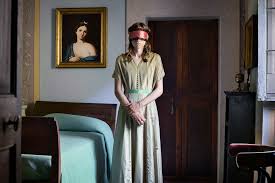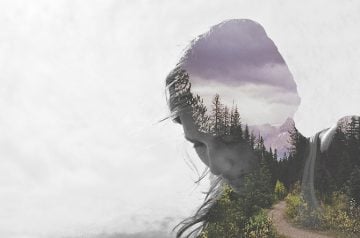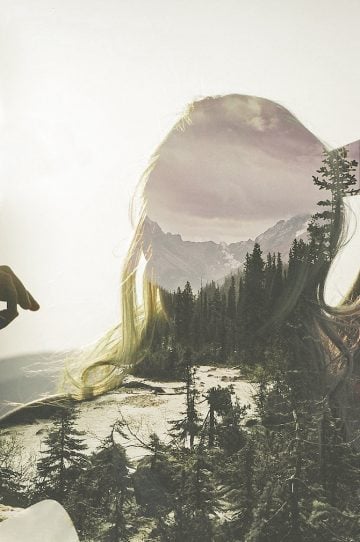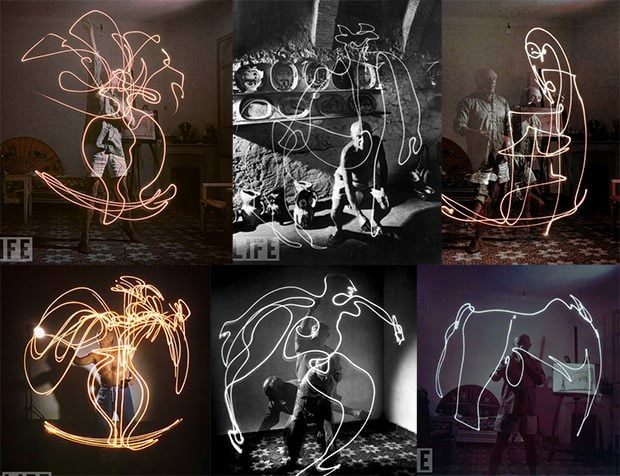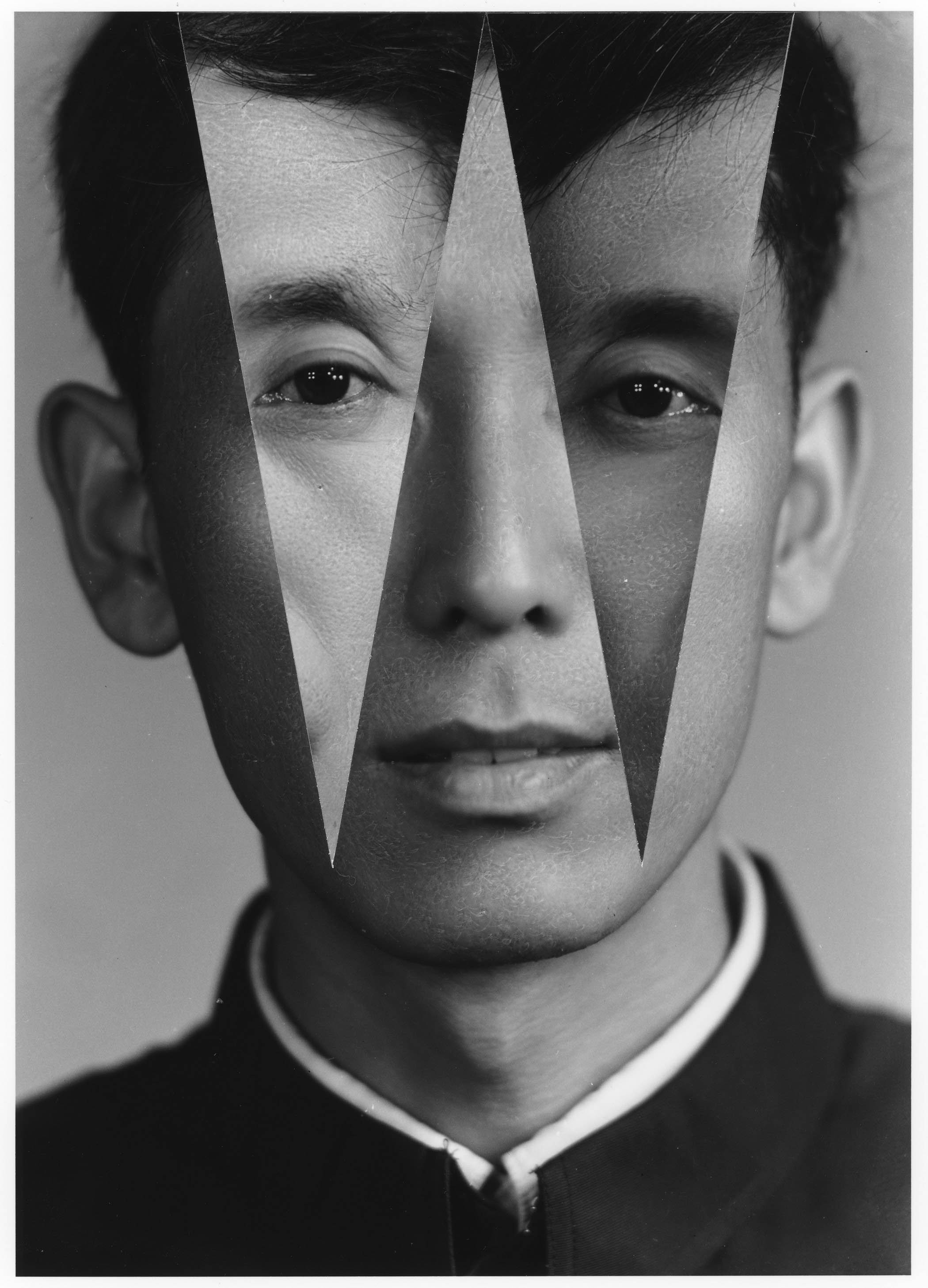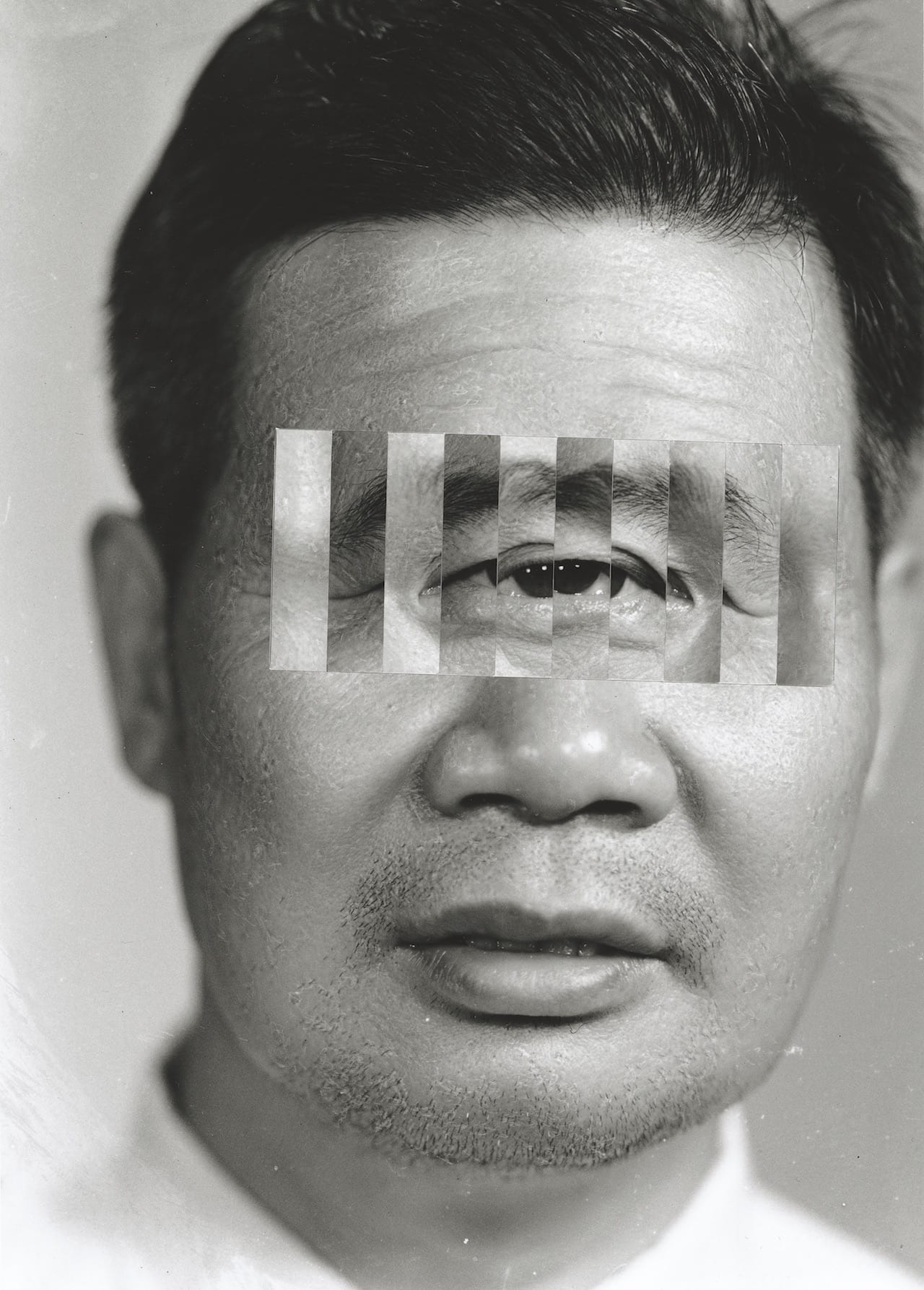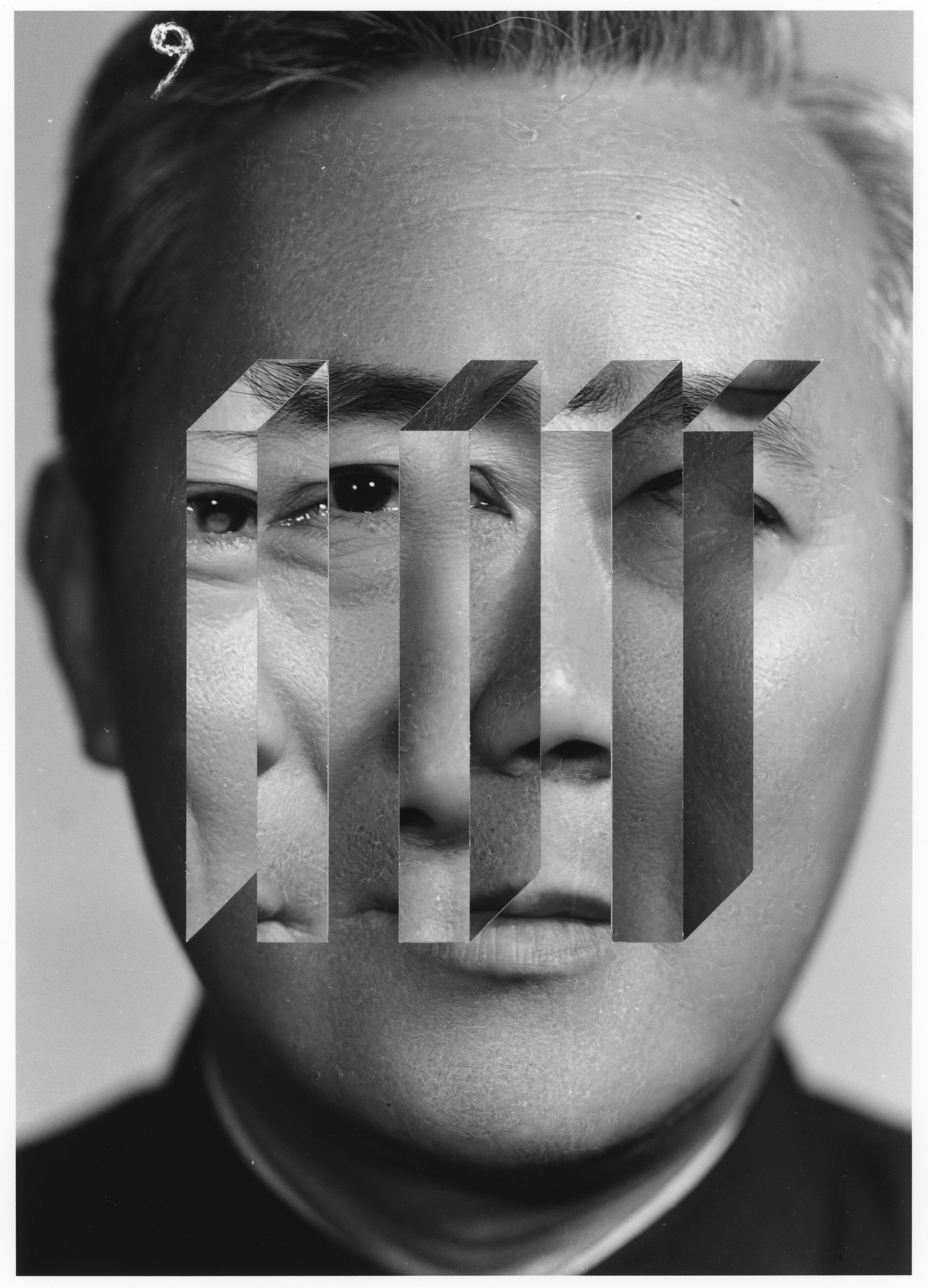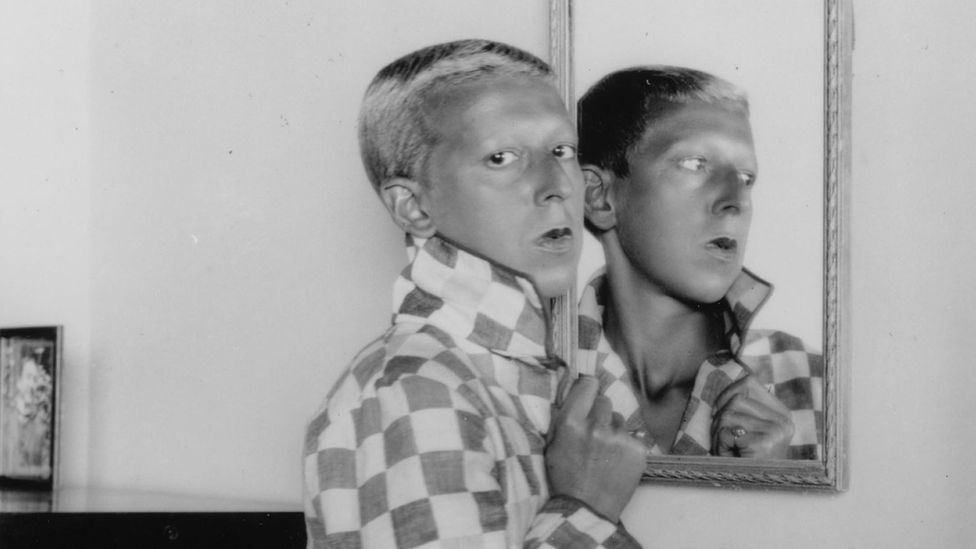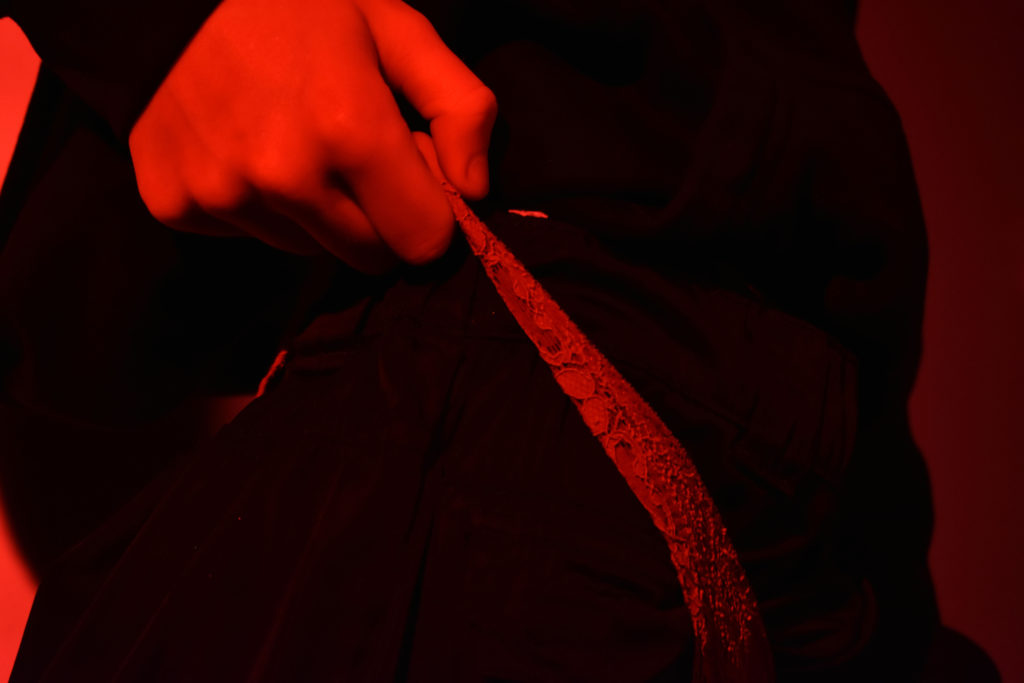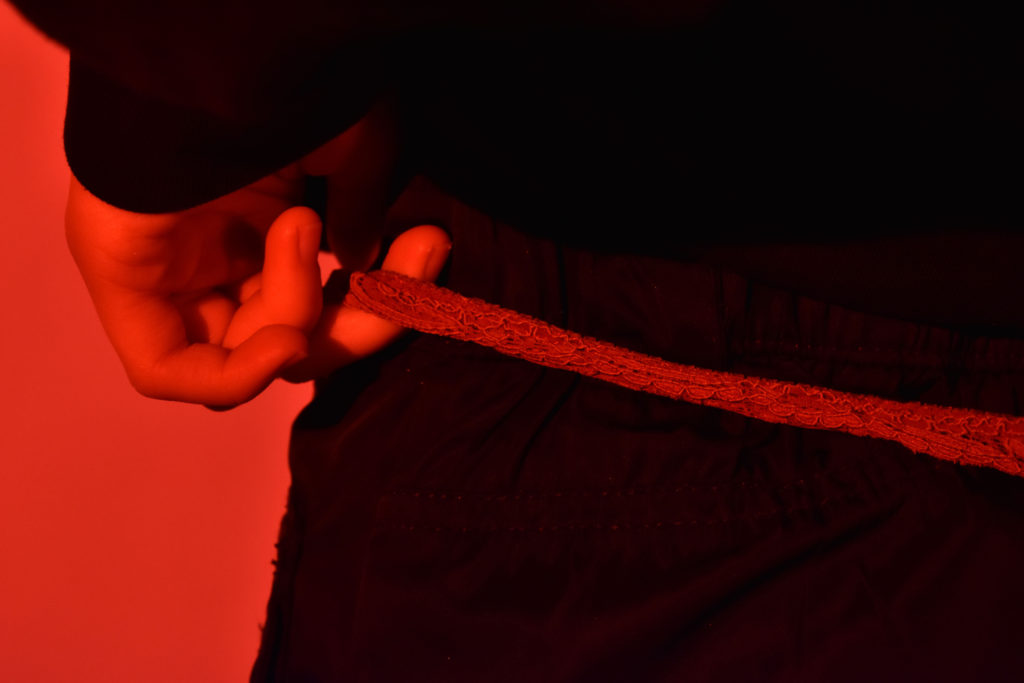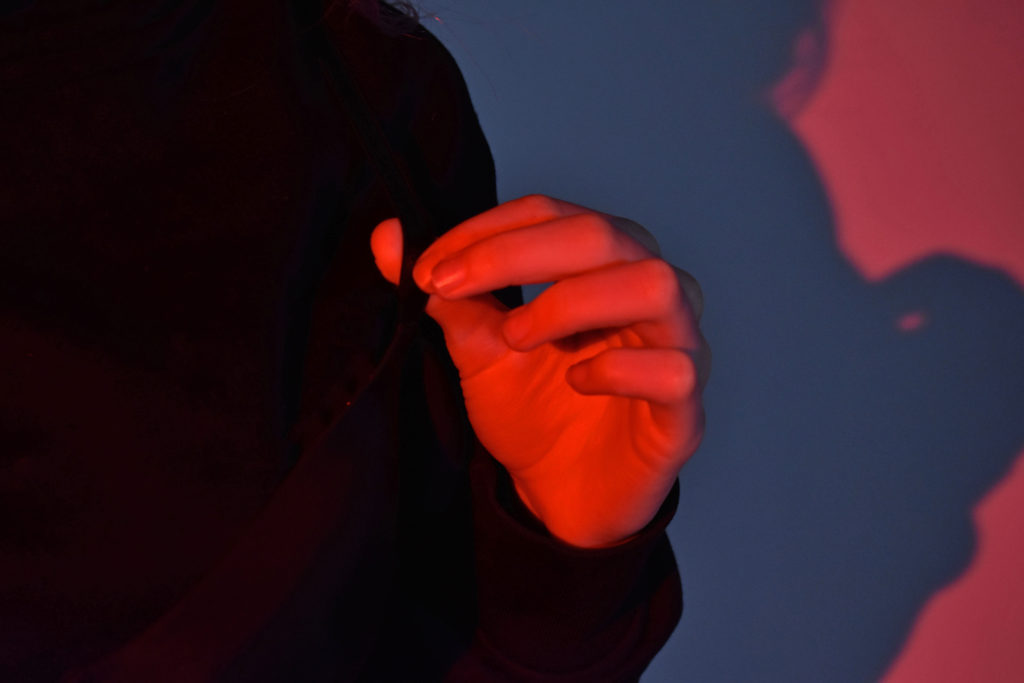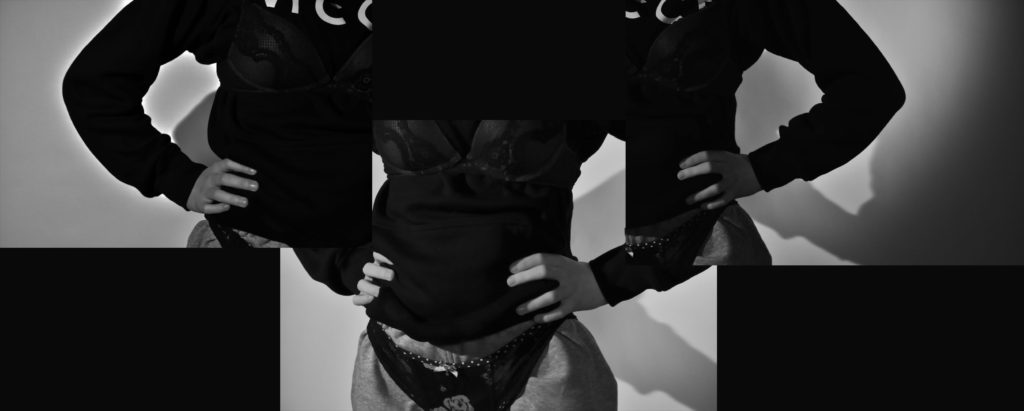Carolle Benitah
French Moroccan photographer Carolle Bénitah, who worked for ten years as a fashion designer before turning to photography in 2001, explores memory, family and the passage of time. Often pairing old family snapshots with handmade accents, such as embroidery, beading and ink drawings, Bénitah seeks to reinterpret her own history as daughter, wife, and mother.
Benitah has a series of photographs called “I Will Never Forget You”
Jamais je ne T’oublierai

She describes her family photographs as “Ghosts who follow me quietly, and I take them over to build an imaginary family album in order to repair oblivion.” …..”I am rebuilding the memory of my family that I missed, I am inventing another one made to measure where I resurrect all the ancestors who have disappeared, the territories that I did not know and that have been praised to me.”


My edits inspired by Benitah


Benitah repairs old family photos and rebuilds a memory that is missed, in her work she resurrects ancestors who have passed. I took inspiration from her work as I related to her loss of a loved one. Benitah covers the people in the pictures who will never be forgotten. She also covered parts of people related to the passed relatives to resemble that, because they died, they’ve lost a part of themselves as well.
Carolle often pairing old family snapshots with handmade accents, such as embroidery, beading and ink drawings, I took a technological approach when inspired by her work. I had my old family photograph as the background and the yellow background as another layer, used a lasso tool to select the part I wanted textured then replaced it with yellow to represent who had passed and how the family relatives notice they’re missing and the big gap in their family and their heart.
I chose to have my photo in black and white, partly to match Benitah’s work and to give it an old fashioned look, however I also chose to have it greyscale to represent the loss of brightness and colour that the passed relative gave the family’s life. She covers parts of her photos to identify absent memories, the image below was taken before i was born, therefore a time I cannot remember.

before 
after

I particularly liked this image of Benitah’s as she creates the sense that all family members of the passed lost their identities when someone significant died, like they’ve lost a part of themselves. Her project “jamais je ne t’oublierai” creates the feeling of despair and sorrow which her viewers can empathise towards. Benitah’s photos are a good way of bringing back happy memories of times when the family was unite. The use of black and white emphasises the way the families life has lost it’s colour now that they’ve lost that one person. The greyscale tones also vary from light to dark and the contrast emphasises the highlights and shadows in the photograph.

